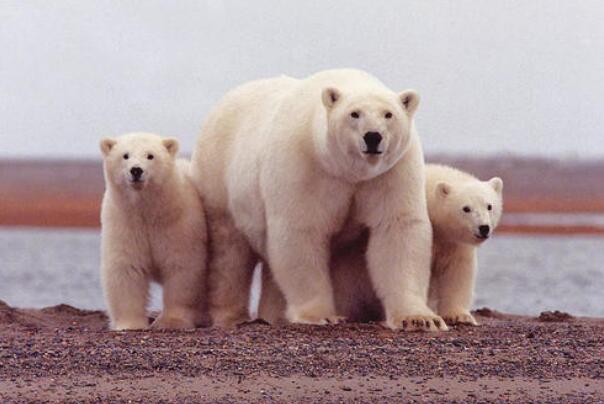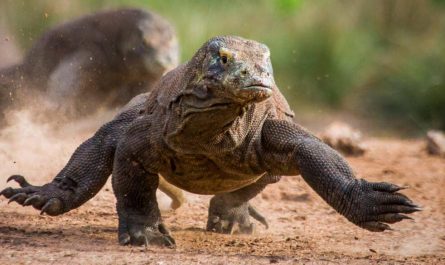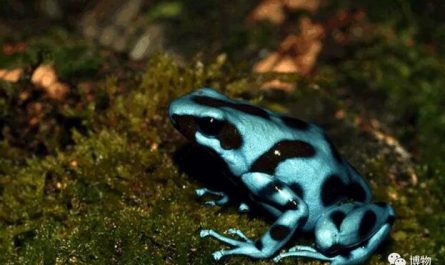Polar bears are the king of the Arctic Circle. They have no natural enemies except humans. They are one of the largest carnivores on land. They can reach 2.5 meters in length and weigh 700 to 800 kilograms. The huge size does not affect it to become a good swimmer, it can swim in the water at a speed of 10 kilometers per hour. Although it is not good at running for a long time, it can still run at 50 kilometers per hour. Robust polar bears are large carnivores. They live in places with ice floes near the Arctic Ocean because these places are convenient for catching food. Their hunting targets are mainly seals, and sometimes they also catch seabirds, beluga whales, walruses and other animals. However, if someone says that the skin of a polar bear is black, do you think he is crazy? Because we find the snow-white polar bears in TV or movies are fluffy and very cute. So, what is the truth? Let’s take a look at the scientific explanation.
No matter how unacceptable we are, the skin of a polar bear is really black. In fact, as long as you carefully observe the appearance of the polar bear, you can find that around its nose, eyes, or mouth, those areas with relatively short hair or relatively sparse hair are black skin. Although ordinary people cannot observe polar bears very closely, for the Inuit who originally grew up near the Arctic Circle, they will confirm that polar bears have black skin.
There are also bigger brains. Scientists have discovered even more surprisingly after research. Not only the skin of polar bears is not white, but even the hair is not white. The fur of the polar bear is a colorless transparent hollow tube. These hollow hairs can directly reflect the received sunlight to the black skin, which helps the polar bear to collect more heat. But how does colorless and transparent give a white feeling? This is because the polar bear’s hair is very dense, and a lot of hairs are superimposed on each other, and it looks like white. Besides, it lives in ice and snow, and white is also the best protective color. Due to oxidation, the fur of polar bears looks yellowish, or brownish or grayish.
However, with the global warming, the polar bear, the king of the Arctic Circle, has a smaller and smaller range of activities, and predation is not as easy as before. Countries close to the Arctic Circle such as Canada, Norway, Denmark and other countries have signed an international convention for the protection of polar bears, restricting them. Hunt and trade polar bears, hoping that these Snow Country elves can live longer on our blue planet.






